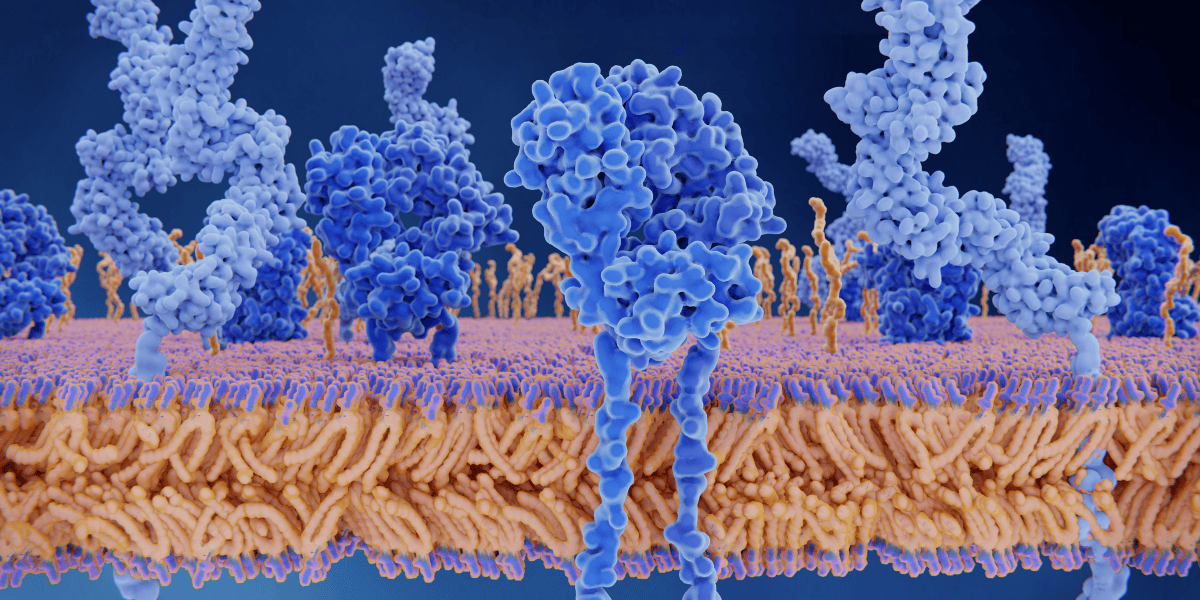PT-141 Peptide: Exploring Its Role in Cutting-Edge Scientific Research

Strong 8k brings an ultra-HD IPTV experience to your living room and your pocket.
Peptides have gained tremendous interest in recent decades due to their remarkable ability to interact precisely with biological systems. Among the many molecules under investigation, PT-141, also known as Bremelanotide, continues to capture the attention of researchers due to its unique interaction with the melanocortin system. Originally developed through melanocortin research, PT-141 has evolved from a specialized molecule into a subject of broader scientific inquiry. Its potential physiological implications have extended far beyond initial expectations, opening dialogs in neuroscience, metabolic studies, immune regulation, cardiovascular research, and hormonal signaling.
Unlike peptide hormones that operate primarily through peripheral pathways, PT-141 is believed to act centrally, which makes it especially compelling in neuropeptide science. By acting on specific melanocortin receptors, PT-141 introduces researchers to exciting possibilities in understanding regulatory pathways that affect the body’s balance, resilience, and homeostasis.
Origins and Molecular Structure
PT-141 is categorized as a synthetic cyclic heptapeptide. It is structurally derived from alpha-melanocyte-stimulating hormone (α-MSH), an endogenous neuropeptide that interacts with the melanocortin receptor family. Scientists modified α-MSH to create PT-141 due to its higher binding affinity and improved receptor selectivity.
Melanocortin receptors (MCRs) belong to a group of G protein-coupled receptors (GPCRs). There are five known subtypes MC1R through MC5R distributed widely in both central and peripheral tissues. PT-141 has been observed to bind primarily to MC1R, MC3R, and MC4R receptors. While MC1R is typically linked to pigmentation in melanocytes, MC3R and MC4R are found in the central nervous system, where they are thought to influence complex neuroendocrine functions.
What makes PT-141 particularly intriguing is that, unlike many highest quality peptides that affect vascular pathways, it appears to exert a neuromodulatory influence without significantly altering nitric oxide pathways. This shift in mechanism provides researchers with tools to explore central regulation of various biological responses.
Mechanism of Interaction with Melanocortin Receptors
PT-141’s primary area of activity lies within the hypothalamus, one of the brain’s most important control hubs. The hypothalamus integrates signals from endocrine, autonomic, and central nervous systems, orchestrating many foundational processes such as hunger, body temperature, hormonal output, and energy balance.
The MC4R receptor subtype is central to most PT-141 research. This receptor is thought to influence:
- Appetite and satiety
- Autonomic nervous system responses
- Lipid metabolism
- Behavioural and motivational pathways
By binding to MC4R, PT-141 may stimulate intracellular signaling cascades such as the cyclic AMP (cAMP) pathway, a classic signal transduction system that modulates neuronal activity and gene expression. The peptide’s influence on this pathway has led scientists to propose several hypotheses regarding PT-141's potential in metabolic and neurological studies.
PT-141 in Central Nervous System Research
One of the most actively studied domains of PT-141 is its influence on the central nervous system (CNS). Evidence suggests that MC4R plays a role in synaptic communication within hypothalamic circuits that influence behavioural and physiological responses. PT-141’s interaction with this receptor may have implications in:
- Motivation and reward systems
- Hypothalamic-pituitary communication
- Neural energy regulation
- Stress responses
Because MC4R sits at a junction between neurology and endocrinology, many scientists view PT-141 as a potential model for studying neuroendocrine integration. Further research may explore how neuropeptides like PT-141 can influence brain signaling without disrupting vascular or hormonal stability.
Energy Balance and Metabolic Implications
Energy homeostasis is a fundamental biological process that has been preserved throughout evolution, ensuring the body maintains balance between energy intake and expenditure. The melanocortin system plays a crucial role in this regulation, influencing appetite, metabolism, and fat storage. Recent research indicates that PT-141 may impact metabolic output by activating specific neural pathways that control how cells manage caloric utilization and storage. In the broader context of metabolic and longevity research, interest in advanced compounds such as Epitalon for Sale continues to grow, as scientists explore how peptides can support cellular regulation, energy balance, and overall vitality.
The hypothalamus responds to hormones such as leptin and insulin, both of which communicate the body’s energy status. PT-141 may modulate the neural circuits influenced by these hormones, potentially affecting:
- Thermogenesis
- Appetite suppression pathways
- Fat oxidation
- Resting metabolic rate
Although PT-141 was not initially developed for metabolic research, its emerging role in energy regulation has prompted deeper inquiry into its potential connection to metabolic syndrome, obesity research, and associated neurohormonal imbalances.
Immunomodulation and Inflammatory Response Research
The melanocortin system also intersects with the immune system. Studies on α-MSH originally identified its anti-inflammatory properties, and because PT-141 shares similar receptor targets, researchers have begun exploring whether it, too, may demonstrate immunomodulatory characteristics.
MC1R, which PT-141 can interact with, is expressed on various immune cells such as monocytes and macrophages. This raises interest in possible effects on:
- Cytokine signaling
- Macrophage polarization
- Innate immune responses
- Inflammatory cascades
While early findings are still theoretical, PT-141 may contribute to the expanding understanding of immune regulation by neural peptides, an area closely tied to neuroimmune research. Although references to buy pt 141 peptide often appear online, its true value lies in controlled scientific studies that continue to explore its potential immunomodulatory mechanisms.
Autonomic and Cardiovascular Exploration
The autonomic nervous system controls involuntary functions like blood pressure, heart rhythm, and vascular tone. Since PT-141 interacts with hypothalamic neurons involved in autonomic regulation, researchers have considered whether it might indirectly influence cardiovascular systems. Some early studies have proposed potential effects on:
- Vascular tone regulation
- Heart rate variability
- Neurovascular reflexes
Although early hypotheses remain speculative, cardiovascular research teams are interested in PT-141 as a potential model for studying neurogenic regulation of blood flow.
Endocrine System and Hormonal Axis
Another domain of PT-141 inquiry resides in the neuroendocrine system. Scientists suggest that PT-141 may influence the hypothalamic-pituitary-adrenal (HPA) axis, which governs hormone release from adrenal glands. Through this axis, PT-141 may indirectly affect:
- Cortisol production and stress response
- Thyroid hormone modulation
- Reproductive hormone signaling
- Autonomic endocrine feedback loops
Understanding PT-141's role in this area contributes to broader research on peptide regulators of hormonal communication.
PT-141 in Broader Research Ecosystems
PT-141 is one of many bioactive peptides that have expanded the modern research landscape. Today, advancements in peptide synthesis and sequencing technology make it easier than ever for laboratories to access the highest quality peptides for controlled study environments. From metabolism to neurology to cellular repair mechanisms, peptide research continues to grow, intersecting fields like anti-aging science, regenerative biology, and cellular detoxification domains also explored in studies around the Science of NAD⁺ and Glutathione.
PT-141 is also occasionally mentioned in commercial contexts. Terms like pt 141 bremelanotide for sale often appear online; however, it is important to emphasize that peptides like PT-141 are supplied strictly for laboratory and research purposes, not for human consumption. Likewise, when products like BPC 157 5mg are referenced online, responsible sourcing and adherence to regulatory compliance are essential in the research community.
Conclusion
PT-141 began as an experimental peptide derived from melanocortin research, but over time, it has grown into a molecule with diverse scientific relevance. Its ability to interface with centrally regulated pathways gives researchers a rare look into complex systems like metabolism, neural signaling, immune balance, and endocrine feedback loops. While there is still much to discover about PT-141, ongoing research continues to uncover valuable insights into the body’s interconnected networks.
Note: IndiBlogHub features both user-submitted and editorial content. We do not verify third-party contributions. Read our Disclaimer and Privacy Policyfor details.







